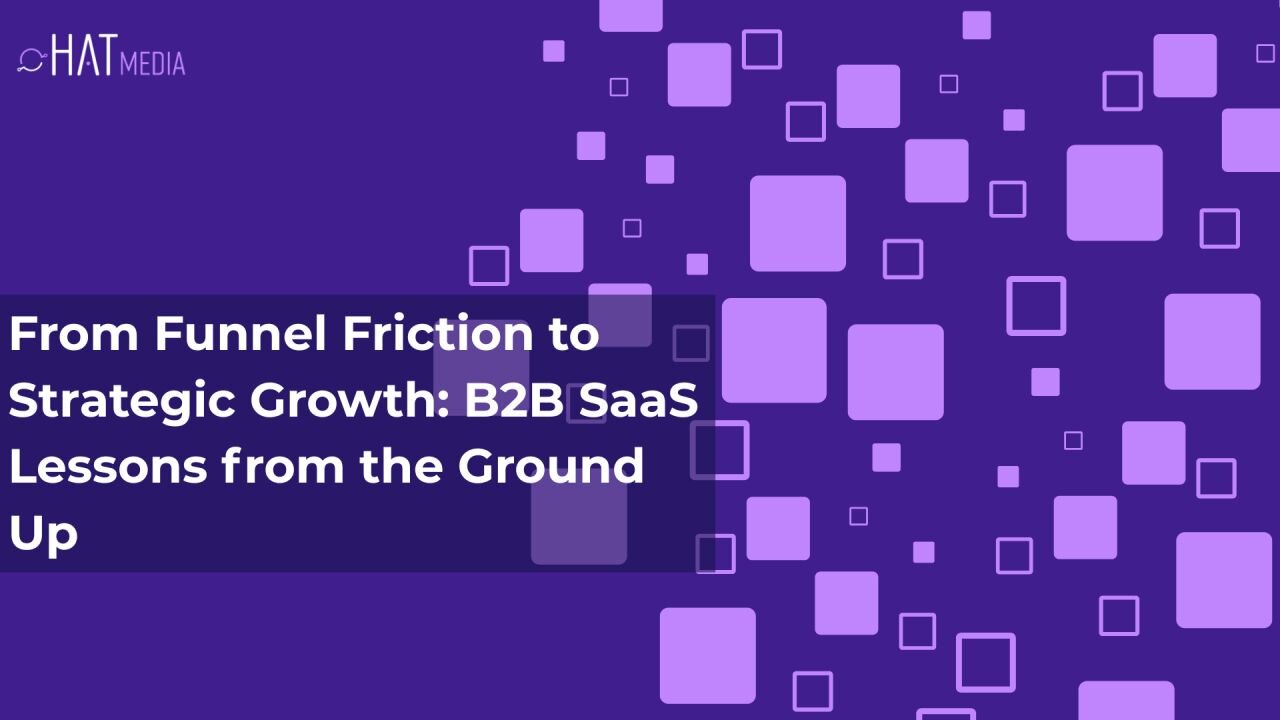Breaking Down Attribution: Lessons from Provalytics’ Jeff Greenfield

Attribution is one of the most critical yet misunderstood challenges in marketing today. How do you determine which parts of your strategy are driving results? Jeff Greenfield, founder of Provalytics, has built his career tackling this exact problem. In a recent episode of SaaS Stories, Jeff shared his insights on navigating the complexities of attribution, the impact of privacy laws, and how marketers can adapt to thrive in a data-limited world.
The Attribution Conundrum: Understanding the Problem
For decades, marketers have struggled with one burning question: Where did my sales come from? Jeff opened the discussion by recalling an adage familiar to marketers: “Half the money I spend on advertising is wasted; the trouble is, I don’t know which half.” Despite advancements in technology, this challenge persists in many forms, particularly in today’s omnichannel marketing landscape.
Traditional attribution models such as “last-click” and “first-click” are oversimplified solutions to a complex problem. As Jeff puts it, “Attribution models like these are like giving all the credit for buying a six-pack of beer to the checkout clerk who scanned it.” They fail to account for the myriad of touchpoints in a customer’s journey, leading to misplaced budgets and missed opportunities for growth.
This issue is particularly pronounced in B2B marketing. Often, the source of a lead is determined by a single entry in the CRM, sparking debates between marketing and sales teams over who deserves credit. Meanwhile, e-commerce marketers grapple with attributing conversions across marketplaces, social platforms, and websites. In both cases, the lack of accurate attribution can hinder growth and efficiency.
Adapting to a Privacy-First World
The marketing landscape changed dramatically with the introduction of GDPR, Apple’s iOS updates, and other privacy regulations. These measures limited the ability of marketers to track individual user behaviour. While this shift prioritises consumer privacy, it has made it significantly harder for brands to gather the granular data needed for traditional attribution models.
Jeff and his team at Provalytics have developed solutions to address this challenge. By blending the best aspects of media mix modeling and multi-touch attribution, they’ve created a privacy-safe method that helps marketers understand campaign performance without relying on user-level data.
Listen to the full episode with Jeff Greenfield on the SaaS Stories podcast for a deeper dive into this topic.
Thinking Like a Consumer Brand in B2B Marketing
B2B marketers often stick to traditional tactics such as events, white papers, and LinkedIn ads. While effective, Jeff argues that this narrow focus can limit their impact. “Even in B2B, you’re marketing to people, not businesses,” he explained. “These decision-makers are also consumers, spending their downtime on platforms like Facebook, YouTube, and Reddit.”
To truly stand out, B2B brands should embrace consumer-style marketing. For example, using Connected TV (CTV) ads to reach decision-makers at home can create a lasting impression. Jeff cited LinkedIn’s ability to combine professional targeting with CTV ads as a game-changer for B2B marketers.
The Role of AI in Marketing Attribution
AI is reshaping the way marketers approach attribution. At Provalytics, Jeff’s team uses a custom-trained AI model to streamline their four-step attribution process. This eliminates the need for human intervention at each step, allowing for faster and more accurate insights.
Looking ahead, Jeff envisions a future where AI takes on a larger role in campaign execution. Instead of merely analysing data, AI-powered tools could dynamically allocate budgets across platforms, optimising spend in real-time. Unlike Google or Facebook’s AI-driven campaign tools, which are limited to their own ecosystems, independent attribution platforms like Provalytics can provide a holistic, unbiased view of performance.
“The ultimate goal is to create a single source of truth that aligns marketing, finance, and operations teams,” Jeff explained. “When everyone is working from the same data set, it’s easier to make confident, data-driven decisions.”
Balancing Work and Life as a Founder
In addition to sharing marketing insights, Jeff offered advice for founders on achieving work-life balance. Early in his career, Jeff worked around the clock, neglecting his health and personal life. Now, he’s made a conscious effort to prioritise downtime, taking weekends off and spending more time with family.
“What good is the journey if you get there and you’re alone and unhealthy?” he reflected. By creating space to relax and recharge, Jeff has become a more effective leader and a happier person overall.
The Future of Attribution
The future of marketing attribution lies in innovation and collaboration. As privacy regulations evolve, marketers must find new ways to measure performance without relying on intrusive data collection. AI and advanced modeling techniques will play a pivotal role in this transition, enabling marketers to make smarter, faster decisions.
However, technology alone won’t solve the problem. Marketers need to shift their mindset, embracing creativity, collaboration, and a willingness to experiment. By combining data-driven insights with human ingenuity, they can navigate the complexities of attribution and unlock new opportunities for growth.

